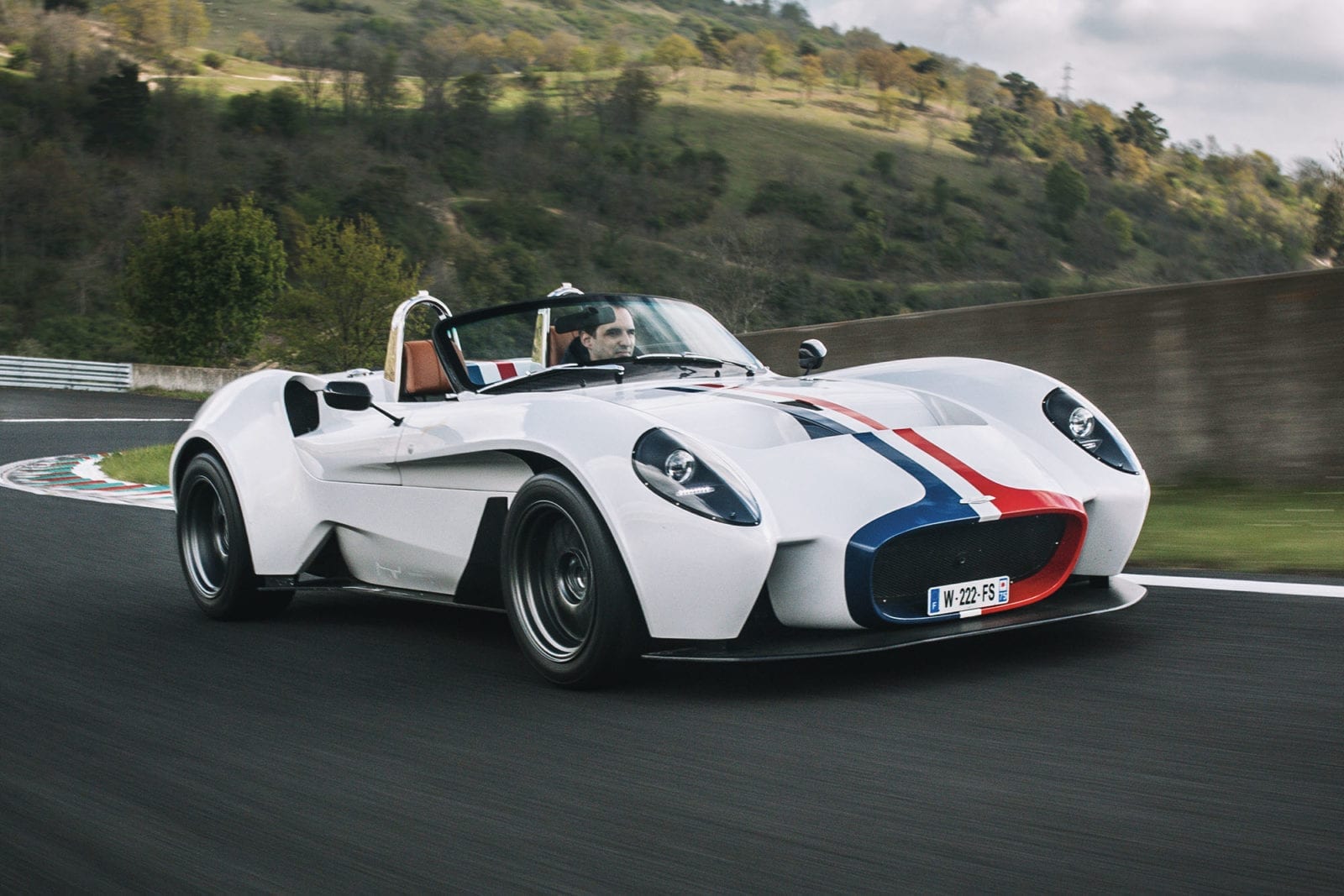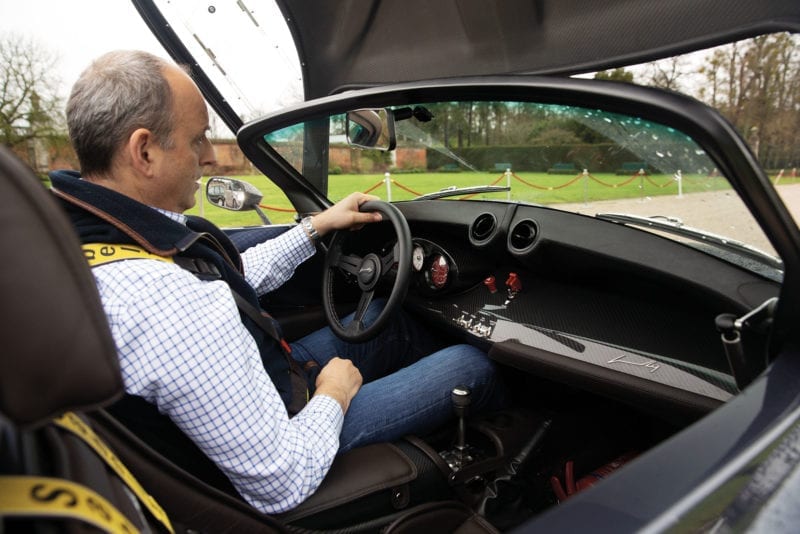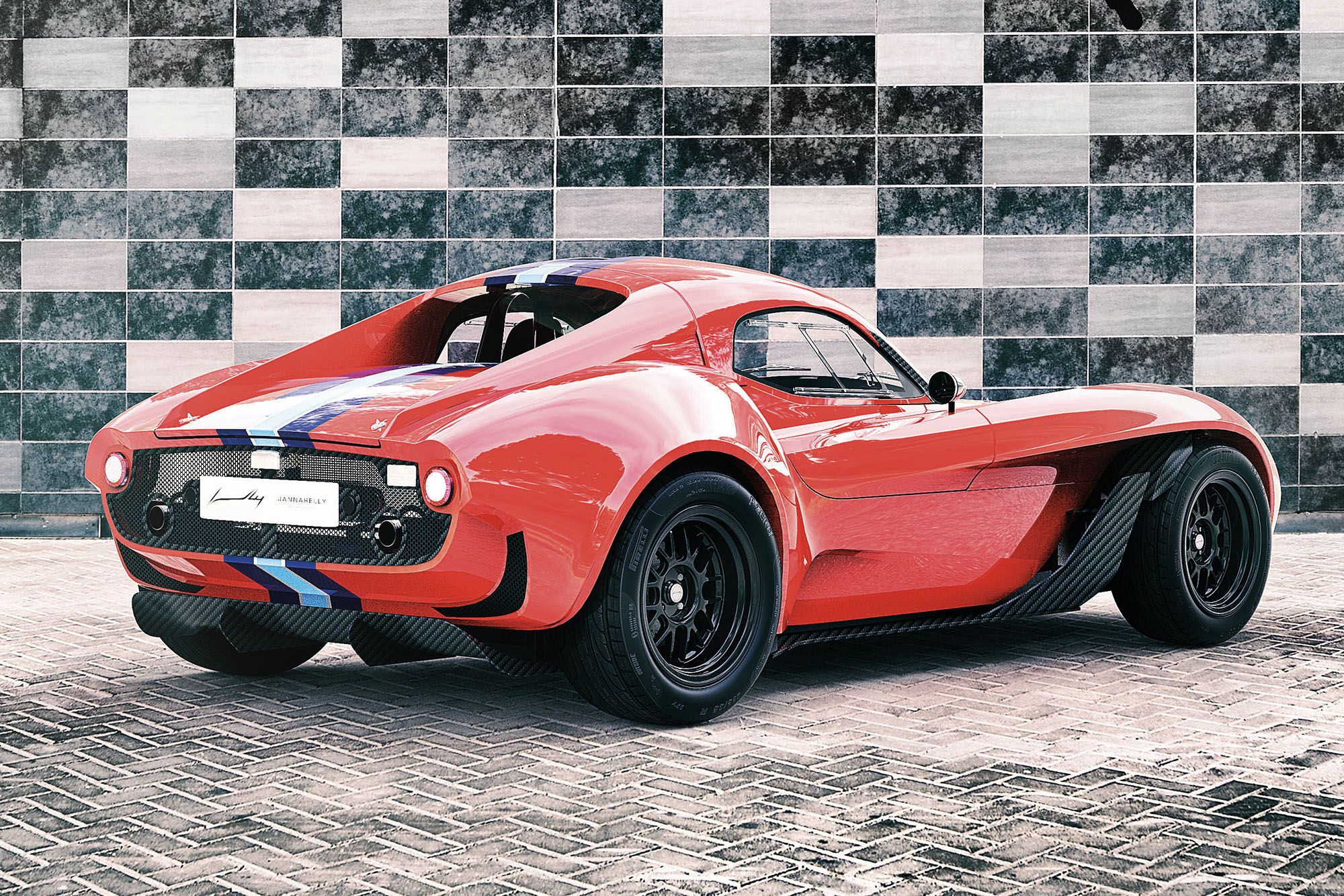2020 Jannarelly Design-1 review
A nostalgia trip to a bygone era at the cost of a modern supercar. Andrew Frankel asks if it can match up to its contemporary foes

Jannarelly made his ideal car in the Design-1, but then others wanted their own version...
This is different. While the wider world of the automobile obsesses about its all-electric future, here’s a car that makes even today’s machines positively post-modern. This is the Jannarelly Design-1, a car without hybrid drive, with neither paddle shifts attached to its gearbox, nor turbochargers fixed to its engine. It doesn’t even have a monocoque.
Its specification sounds like an early ’70s junior supercar: spaceframe construction, normally aspirated mid-mounted V6 motor, manual gears, rear-wheel drive, wishbone suspension and not much else.
And what is wrong is that? The name, perhaps. With no offence intended, Jannarelly doesn’t roll off the tongue. It is an unusual name, chosen because it belongs to its creator, French car designer Anthony Jannarelly. Fair enough, but if I were starting a new car company, I might try for a name that doesn’t need to be explained.

Awkward to get in and out, says our man Frankel, but the car has surprises in store
The company is based in Dubai and the Design-1 made its debut at the rather swanky Salon Privé last year. But leaving aside its unusual name and unusual place of origin there is much to recommend in this car.
While the ingredients are simplicity itself, the way they have been combined and cooked has delivered a recipe of richness and texture you would struggle to imagine given the base parts, which include a Nissan engine from a Chinese-market Maxima saloon.
The looks, which clearly evoke memories of the pontoon-wing Ferrari Testa Rossa, are fabulous. Shamelessly retro and entirely unlike anything else out there, the Design-1 is a car Jannarelly unapologetically designed for himself alone. “Then,” he told me, “people kept on asking if they could have one.”
Which they could. He’s made about 20 now, has orders for 70 more and says he’ll limit production to 499 to preserve exclusivity and to make way for his next project, a more expensive GT-like car called the Design-2.
For now, join me as I struggle to get into the Design-1. The standard car costs a fairly mighty £85,000 and is a two-seat convertible. If you want the clever flip-up carbon-fibre hardtop which incorporates the side windows, that’s another £7600. It’s actually far easier to access with the roof in place than, say, a Caterham, but the tall and middle aged will still find it a little awkward to get in and slightly undignified when getting out. Tall people will find the footwell cramped, too, even with an adjustable pedal, though I’m told more room is found by moving the brake master cylinder.
“I’ll sound entirely ridiculous when I tell you its voice is akin to a racing V12 with a mild hangover”
You sink down into the seat and survey the scene. There are some small, florid and consequently annoying instruments, a short bank of switches and not much else. To be fair, the car feels far better built than the self-assembled kit for which it will undoubtedly be mistaken at times, but so it should. It costs more than a Porsche Cayman GT4, and that’s before you’ve spent £12,702 replacing the glass-fibre body with carbon-fibre panels, saving yourself 40kg in the process from what is an already conspicuously light car.
As a guide to real-world pricing, there are five highly specified UK launch cars available from Jannarelly’s Docklands dealership featuring carbon engine covers, Union Flags and so on, each costing £115,549 – more than you’d have paid for a 911 GT3 when it was last on sale.
It’s a lot to fork out for a spaceframe car with a Nissan Maxima motor. And no, it’s not been turbo-, super- or charged somehow to boost performance. Exhausts and installation aside, the 325bhp 3.5-litre V6 is standard.
But then you fire it up. I should say now that my drive was short and on busy, wet and partially flooded Home Counties roads with the car’s clearly slightly scared creator by my side. These are not perfect conditions for cutting loose in such a machine. Yet, contrary to my expectations, the Design-1 was brilliant.
What it did so cleverly was demand your undivided involvement in the process of driving, but without doing it through the usual homemade car ploy of being utterly incompetent. It doesn’t bump-steer or slither about, the steering does not feel more like a tiller for merely approximate guidance purposes. The ride is decidedly firm, but the suspension is fully adjustable (with spanners), so I’m sure that could be tuned out if you chose. The car is accurate and poised, has excellent traction and no nasty characteristics I could uncover, at least in such conditions.

You get involved because it makes you want to get involved, not because you don’t have a choice. To my complete surprise, the prime mover in that process is the Maxima motor. It sounds ridiculously good. By contrast I’ll sound entirely ridiculous when I tell you its voice is akin to a racing V12 with a mild hangover, but that is what it brought to mind. You find yourself hanging back just so you can go through the quick-shifting gears once more, scanning the road ahead, hoping for a tunnel or other such construction against whose walls you can bounce that outrageous noise.
And yet in the unlikely event you tire of such behaviour, or if you’ve been rash enough to undertake a journey with someone not quite so smitten with the snarling monster under your right foot, you can calm it down. At part-throttle, the Design-1 is more than quiet enough for long distances and, with its luggage space, surprisingly practical too.
Jannarelly’s idea was that this would be a classic car designed with the benefit of hindsight, combining the look and feel of a bygone era without the ineptness and unreliability that was so often part of the experience. And expensive and occasionally awkward though the Design-1 is, it is precisely the car he intended.
Jannarelly Design-1 Price £85,000
Engine 3.6 litres,
6 cylinders, normally aspirated
Power 325bhp
Weight 850kg
Power to weight 259bhp per tonne
Transmission six-speed manual, rear-wheel drive
0-60mph 3.9sec
Top speed 135mph (limited)
Economy n/a mpg
CO2 n/a g/km Verdict Retro fun with rough edges

